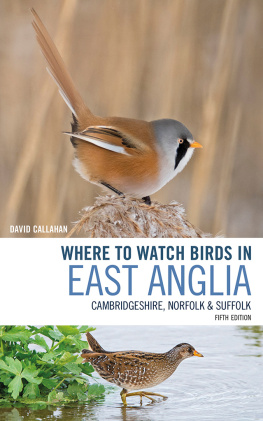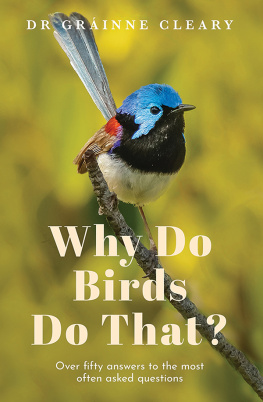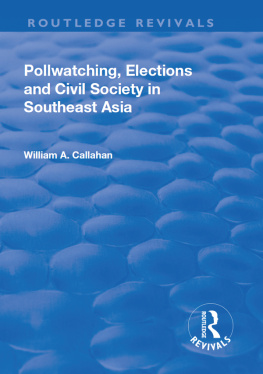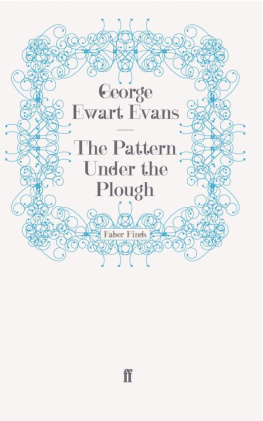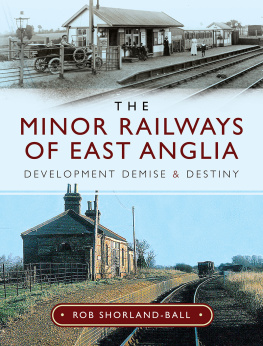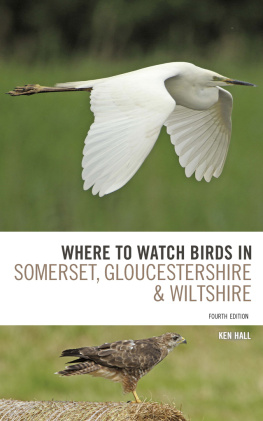
HELM
Bloomsbury Publishing Plc
50 Bedford Square, London, WC1B 3DP, UK
This electronic edition published in 2020 by Bloomsbury Publishing Plc
BLOOMSBURY, HELM and the Helm logo are trademarks of Bloomsbury Publishing Plc
First published in the United Kingdom 2020
Copyright David Callahan, 2020
David Callahan has asserted his right under the Copyright, Designs and Patents Act, 1988, to be identified as Author of this work
All rights reserved
You may not copy, distribute, transmit, reproduce or otherwise make available this publication (or any part of it) in any form, or by any means (including without limitation electronic, digital, optical, mechanical, photocopying, printing, recording or otherwise), without the prior written permission of the publisher. Any person who does any unauthorised act in relation to this publication may be liable to criminal prosecution and civil claims for damages.
A catalogue record for this book is available from the British Library
ISBN: 978-1-4729-6222-5 (PB)
ISBN: 978-1-4729-6223-2 (eBook)
ISBN: 978-1-4729-6221-8 (ePDF)
To find out more about our authors and their books please visit www.bloomsbury.com where you will find extracts, author interviews and details of forthcoming events, and to be the first to hear about latest releases and special offers, sign up for our newsletters .
Cover photographs David Tipling
Front cover: Bearded Tit (top), Spotted Crake (bottom)
CONTENTS
KEY TO SITES

ACKNOWLEDGEMENTS
This guide would have remained just an idea without the help, advice and encouragement of many people. These individuals deserve more thanks than is seemly in an acknowledgements section, but I name them here in a logical, but non-hierarchical, order. Firstly, Jim Martin for accepting the commission and initial brainstorming and my editors Molly Arnold and David Campbell at Bloomsbury for patience well beyond what should be necessary. Ian Lycett and Dominic Mitchell at Birdwatchfor allowing their brains to be picked at various times during the books evolution. Josh Jones at BirdGuides and Mark Hawkes for allowing me to incorporate their intimate knowledge of Cambridgeshires birds. Steve Piotrowski and Paul Whiteman for in-depth corrections and comments on the birds of Suffolk and the Brecks. Andy Stoddart and Mark Cocker for selflessly sharing their expertise on their particular areas of Norfolk. Alison Webster, Joe McNulty and Cat Loye for generous loans of transport and tolerance, as well as the latter for her enthusiastic companionship. And lastly, Rose Murphy for indulging my whims and being such excellent and inspiring company on my many revision trips to the region to check out places Id not been to before or had only visited many years earlier. It goes without saying, but Ill say it anyway: despite the abovementioned peoples help, advice and corrections, in a book of this size there will inevitably be a few mistakes, errors and omissions. Not many, I hope but they are my fault and mine only.
INTRODUCTION
East Anglian Birds and Habitats
East Anglia is arguably the most attractive and productive area of Britain for the birder. The reasons for this are its rich and ancient habitats and its geographical position: on the east coast of Britain, on a major flyway, adjacent to the Continent and the recipient of a disproportionate share of scarce and rare species blown across the North Sea.
Natural England considers there to be several major habitat areas in the region, and for ease of reference I have largely used these classifications when discussing its ecology, geography and locations. These classifications are based on the unique combinations of history, geology, geography and biology that created the Fens, the Brecks and the Broads. Essex has been excluded from this book for reasons of space, though there are several fine nature reserves in that county.
The region can generally be divided into the North Norfolk coastline, with its profusion of saltmarshes, dune systems, estuaries and pine plantations; the East Anglian Plain, with its ancient woodlands, smaller areas of fen, and grazing and agricultural land; the East Anglian chalk; the Suffolk coastal heaths and marshes; the Broads, with their extensive areas of wetland formed from ancient peat diggings; the marshy and often flooded Fens and the West Anglian Plain.
There is a lot of space for wildlife in the region, as East Anglia is the least densely populated part of England, with agriculture being the main land usage. Despite its substantial amounts of wetland, the regions annual rainfall only totals at around two-thirds of the UK average. The complexity and intergradations of these habitats and their long and changing history of exploitation have deeply affected the wildlife of the region, and many of the habitats and species present are significantly rare on a national or even global scale.

